The world of composting is far more dynamic than most people realize. Beneath the surface of that humble pile of food scraps and yard waste lies a complex microbial drama unfolding in stages, each with its own cast of characters and plot twists. Scientists are now beginning to appreciate this ecological theater for what it truly is - a carefully choreographed succession of microorganisms that transforms kitchen waste into black gold.
When food scraps first enter a compost bin, they arrive with an invisible entourage of microbes from their original environment. These early colonizers, mostly mesophilic bacteria and fungi that thrive at moderate temperatures, immediately begin breaking down simple sugars and proteins. The initial phase resembles a microbial free-for-all as these organisms reproduce explosively, their metabolic activity generating heat that will soon reshape the entire community.
As temperatures climb above 40°C (104°F), the compost pile becomes inhospitable for its initial inhabitants. The mesophiles either die off or form spores, making way for thermophilic (heat-loving) bacteria that specialize in decomposing more complex compounds like cellulose and hemicellulose. This transition marks the beginning of the thermophilic phase, where temperatures can soar to 70°C (158°F) or higher. The heat isn't just a byproduct - it serves important functions, including pathogen elimination and the breakdown of tougher plant materials.
Among the most fascinating thermophiles are species from the genera Bacillus and Thermus, which produce enzymes capable of functioning at temperatures that would denature most proteins. Some of these microorganisms have become darlings of biotechnology for their heat-stable enzymes used in industrial processes. In the compost pile, they're the equivalent of specialized demolition crews, taking apart molecular structures that other microbes can't touch.
The microbial cast changes again as available nutrients dwindle and temperatures gradually decrease. Actinobacteria - often mistaken for fungi because of their filamentous growth - become prominent during this cooling phase. These organisms excel at breaking down tough materials like lignin and chitin, giving compost its characteristic earthy smell. Meanwhile, fungi including Aspergillus and Trichoderma species extend their hyphal networks through the pile, transporting nutrients and breaking down complex polymers.
What's particularly remarkable about this microbial succession is how each group prepares the way for the next. Early bacteria modify the pH and break down inhibitory compounds, creating conditions suitable for fungi. The fungi in turn make nutrients available for later bacterial colonizers. This intricate handoff ensures maximum decomposition efficiency without any single group monopolizing resources.
Modern molecular techniques have revealed that compost microbial communities are far more diverse than previously thought. Metagenomic studies show hundreds of bacterial and fungal species coexisting, with their relative abundances shifting as decomposition progresses. Some species appear only briefly during specific phases, while others persist throughout the process in varying numbers.
The implications of understanding this microbial theater extend beyond better compost piles. Researchers are exploring how to harness specific microbial consortia for faster decomposition or targeted breakdown of problematic waste components. Some studies investigate whether inoculating compost with particular microbial mixes could enhance its nutritional value for plants or improve its disease-suppressive qualities.
Home composters can observe this ecological drama indirectly through temperature changes and physical transformations of their compost. A well-managed pile will show distinct heating and cooling phases corresponding to microbial succession. Turning the pile at the right times - typically when temperatures begin to drop - can reinvigorate microbial activity by reintroducing oxygen and redistributing materials.
This microbial perspective changes how we view composting from a simple waste reduction method to a controlled cultivation of ecological processes. The next time you add kitchen scraps to your compost bin, consider that you're not just recycling nutrients - you're directing an intricate performance where microorganisms play their parts with precision honed over billions of years of evolution.
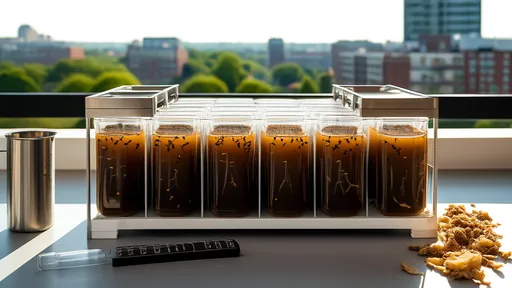
By /Jul 29, 2025

By /Jul 29, 2025
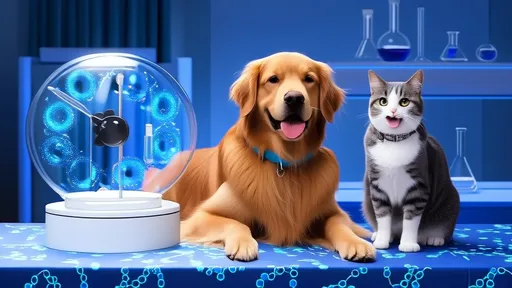
By /Jul 29, 2025
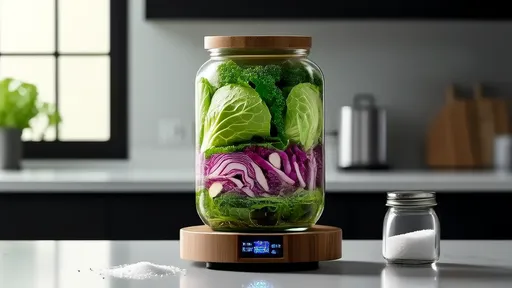
By /Jul 29, 2025
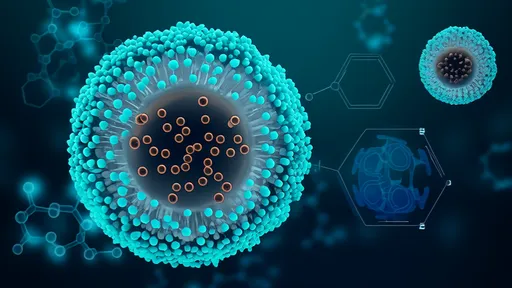
By /Jul 29, 2025

By /Jul 29, 2025

By /Jul 29, 2025
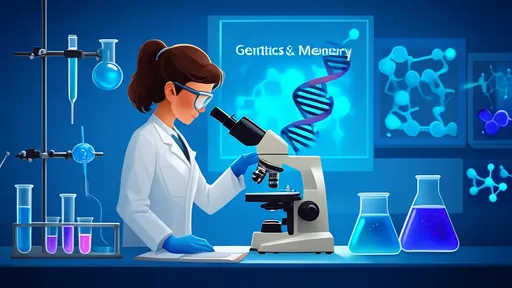
By /Jul 29, 2025
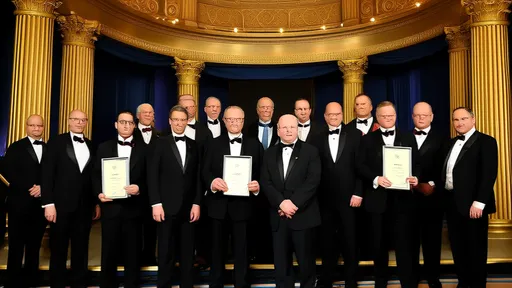
By /Jul 29, 2025
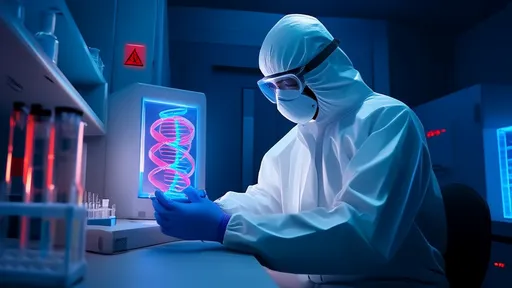
By /Jul 29, 2025

By /Jul 29, 2025
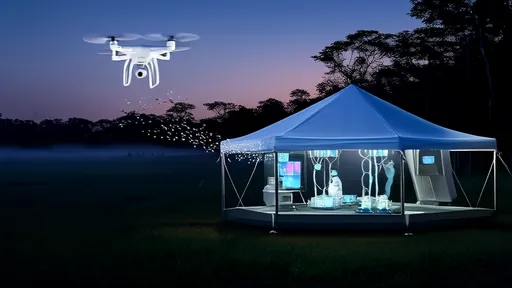
By /Jul 29, 2025

By /Jul 29, 2025
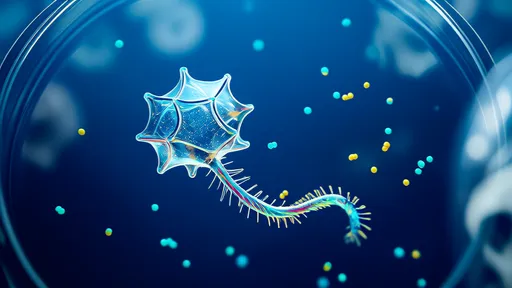
By /Jul 29, 2025
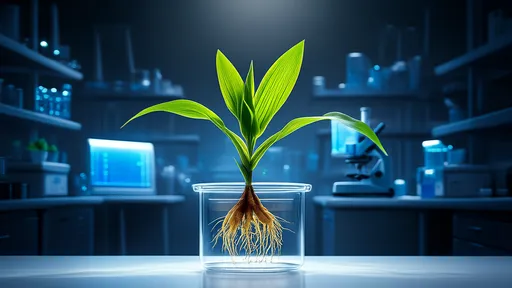
By /Jul 29, 2025

By /Jul 29, 2025
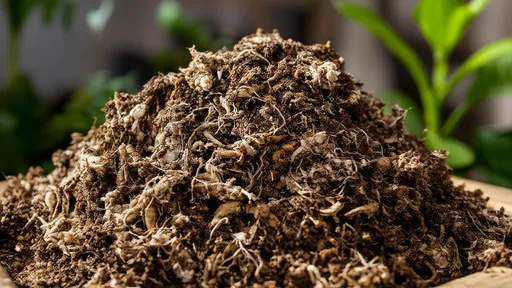
By /Jul 29, 2025
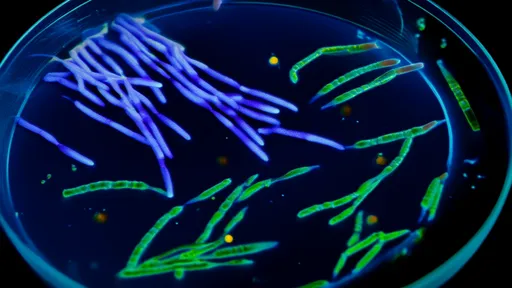
By /Jul 29, 2025